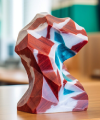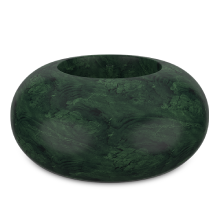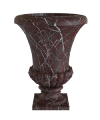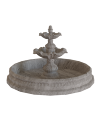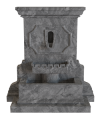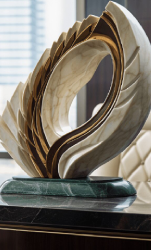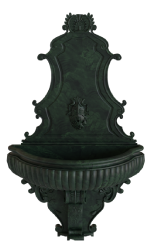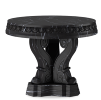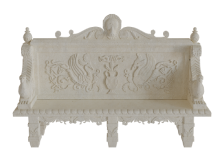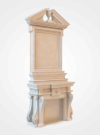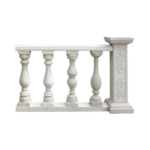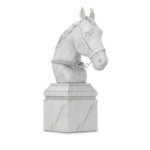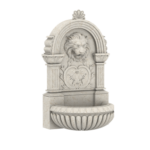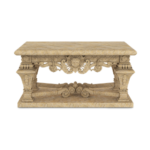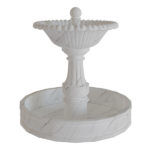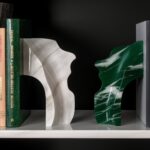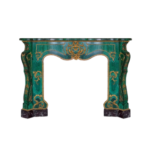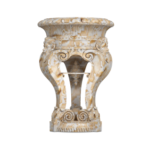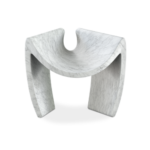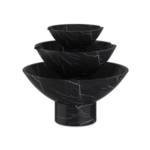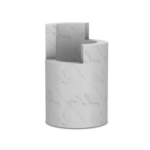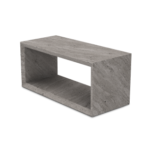February 12, 2023 Author: Admin
How can augmented reality help landscaping designers plan their hardscaping?
How can augmented reality help landscaping designers plan their hardscaping?
Augmented Reality (AR) is a technology that allows users to overlay digital information onto the real world, and it can be a valuable tool for landscaping designers when planning hardscaping projects such as fountains, sculptures, statues, benches, bird baths, and planters. This technology can help designers to visualise the finished product and make adjustments before construction begins, ultimately saving time and money.

One of the key benefits of using AR in landscaping design is the ability to see how different elements will look in the final space. For example, a designer can use AR to place a virtual fountain in a specific location within the landscape, and then adjust the size and style of the fountain to see how it will look in the space. This can be especially useful when working with challenging locations or when trying to match a specific aesthetic.

Another benefit of AR in landscaping design is the ability to make changes in real-time. Traditional design methods often require designers to create multiple drafts and make changes on paper or in a computer program. With AR, designers can make changes to the virtual landscape in real-time, allowing them to see the impact of their decisions immediately. This can save a significant amount of time and resources when compared to traditional design methods.

AR can also be used to collaborate with other members of the design team, such as architects and engineers. For example, an architect can use AR to see how a particular sculpture or statue will look in a specific location within the building, and then make adjustments as necessary. This can help to ensure that all members of the team are on the same page and that the final product meets the needs of all stakeholders.

In addition, AR can be used to create interactive and immersive experiences for clients. For example, a landscaping designer can use AR to create a virtual tour of a finished hardscaping project, allowing clients to walk through the space and see how different elements will look in the final landscape. This can be especially useful when working with clients who have difficulty visualising a finished project from drawings or renderings alone.

Another benefit of AR in landscaping design is the ability to create virtual prototypes. This can be especially useful when working with complex or large-scale hardscaping projects. Designers can use AR to create a virtual prototype of the finished project, allowing them to test different elements and make adjustments before any construction begins. This can help to reduce the risk of errors and save time and resources.

In addition, AR can be used to reduce construction costs. For example, a designer can use AR to see how a particular fountain or statue will look in a specific location before any construction begins. This can help to identify any potential issues or problems before construction begins and can help to prevent costly mistakes.

Lastly, AR can be used to create interactive and immersive experiences for visitors. By using AR, visitors can view sculptures, statues, and fountains in a new and unique way. They can see how a particular element would look in the final landscape, and can make adjustments as necessary. This can be especially useful when working with visitors who have difficulty visualising a finished project from drawings or renderings alone.

Contact Us at Marblising to discuss your next project!

